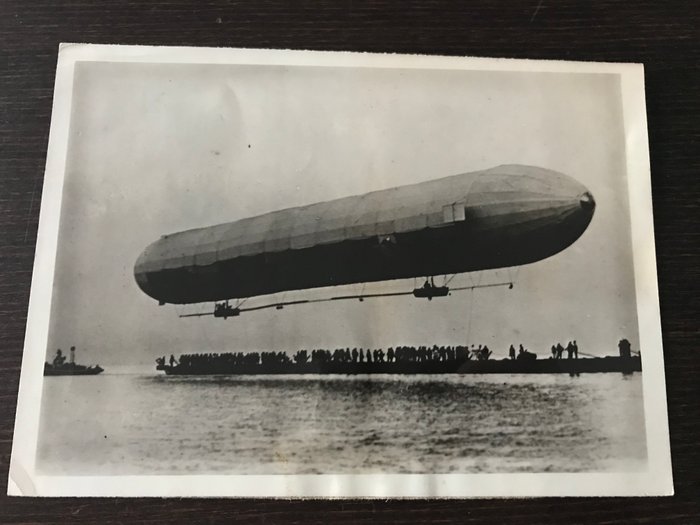
Unknown/Orbis Photos Zeppelin LZ1 Dirigible, 1900 Catawiki
Read more about LZ 1. LZ 2 Zeppelin The LZ 2 was a German experimental rigid airship, manufactured by Luftschiffbau Zeppelin in 1906. This was first zeppelin that has common appearance of Zeppelin airship designs. Find out more detail about LZ 2 Zeppelin. LZ 3 Zeppelin The Zeppelin LZ 3 was a German experimental airship.
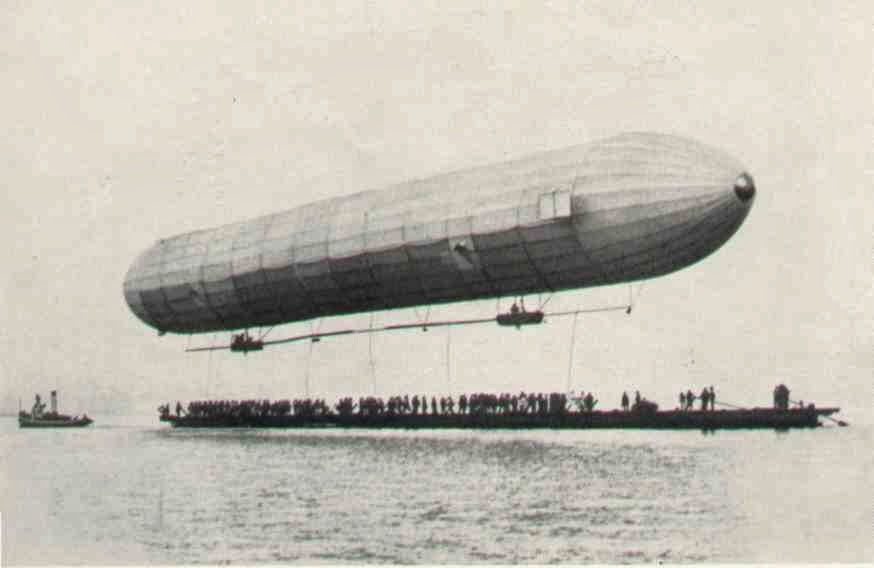.jpg)
Flying With Machines Zeppelin's machines LZ1 , LZ 2 , LZ 3 , LZ 4 , amazing for its time...
The first flight of LZ-1 was the culmination of years of planning by Count Zeppelin, but as a first attempt the ship had understandable weaknesses: LZ-1 was overweight, and a severe lack of engine power and speed made it difficult to control in even slight winds; the engines themselves were unreliable, and one failed during the short maiden flig.

Zeppelin LZ1 Airbus, Commercial aircraft, Zeppelin
Count Ferdinand von Zeppelin began construction of his first airship, LZ-1, in June, 1898 in a floating wooden hangar on the Bodensee (Lake Constance) at Man.
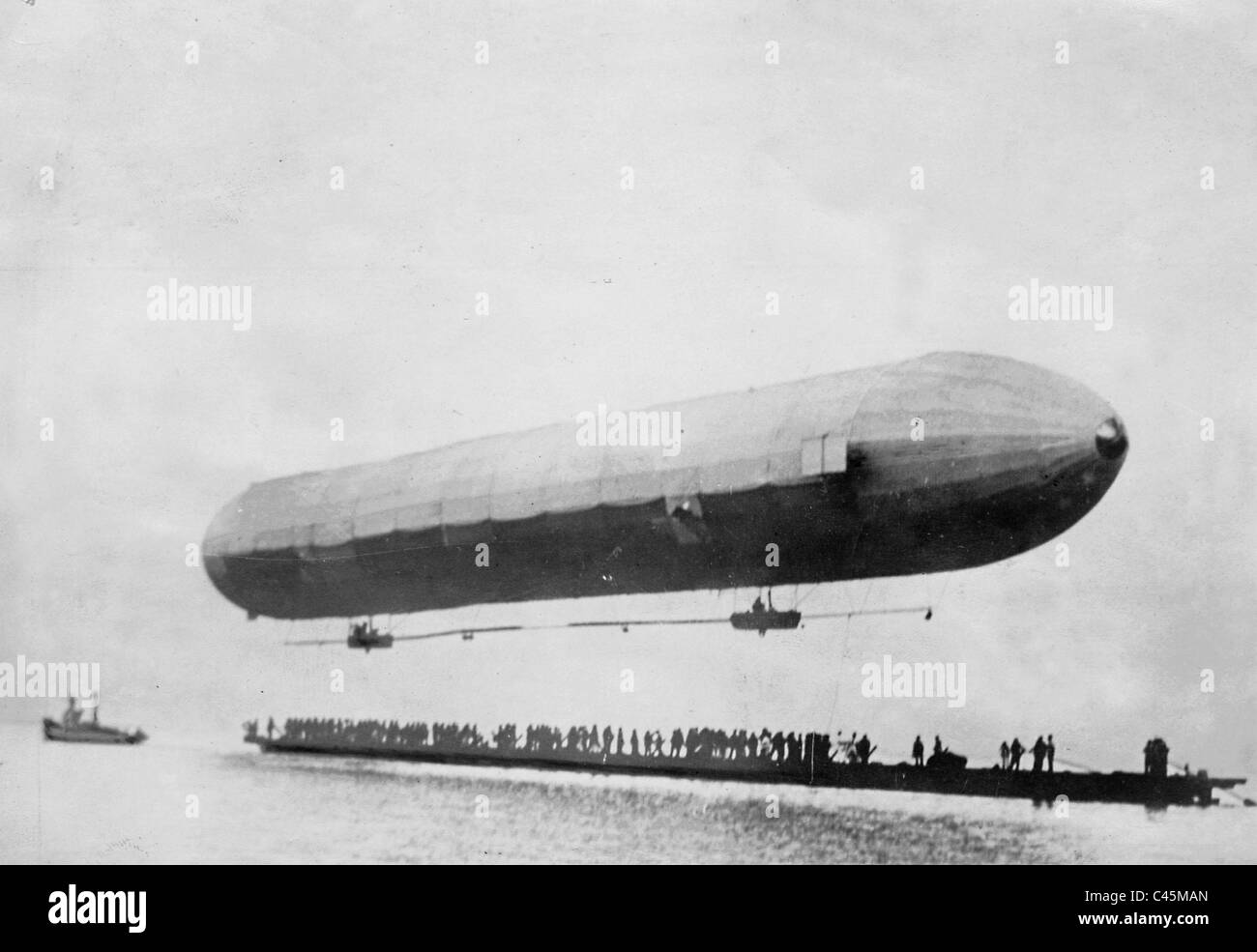
Besteigung des ersten Zeppelin Luftschiff "LZ 1", 1900 Stockfotografie Alamy
Zeppelins from LZ-1 to LZ-25 were made before the World War 1. LZ-1 and LZ-2 were relatively unsuccessful prototypes, first because of lack of funding, second because it was damaged after emergency landing. LZ-3 was the first successful Zeppelin. LZ-6 held the first experiment with wireless communication. LZ-10 was the first commercially successful passenger-carrying aircraft.
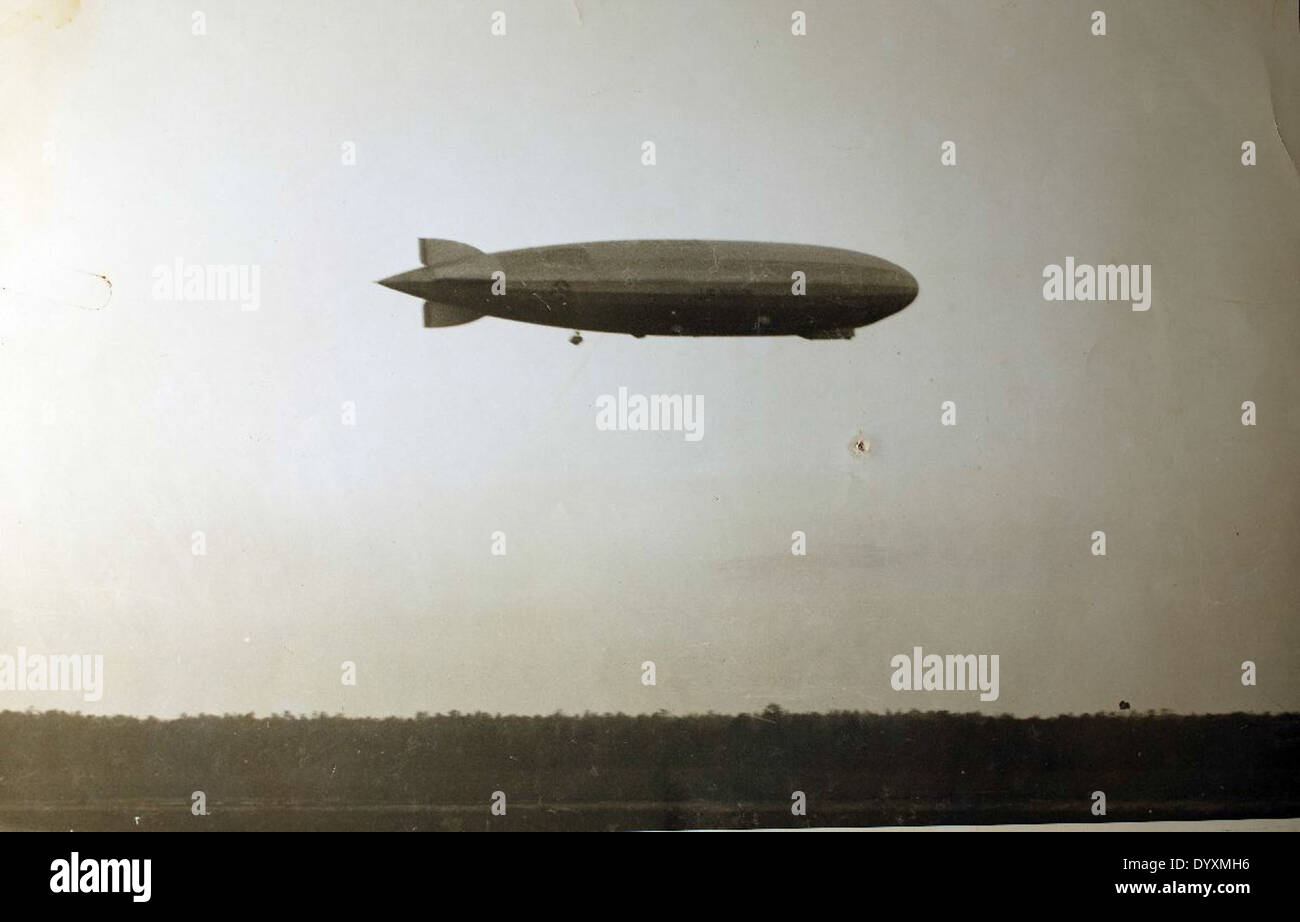
Zeppelin lz 1 hires stock photography and images Alamy
The LZ-1 (Luftschiff Zeppelin #1), was designed and built by Graf von Zeppelin. The airships specifications were: Length: 420 ft (128 m) Diameter: 38 ft (11.65 m) Volume: 413,000 cu ft (11,700 m3) (of hydrogen - in 17 cells) Power plants: 2 Daimler piston engines, 14 hp (10.4 kW) each driving 2 propellers

DRESDEN, GERMANY MAI 2015 Zeppelin Dirigible Airship LZ 1 in Editorial Stock Photo Image of
The Zeppelin LZ 1 was the first truly successful experimental rigid airship. It was first flown from a floating hangar on Lake Constance, near Friedrichshafe.

zeppelinlz1thefirsttrulysuccessfulexperimentalrigidnewsphoto1569266490 Portal Shtareer
The LZ-1 had to be large. This Count Zeppelin understood well. It required 11,300 cubic meters of hydrogen, which, in 1899 was an unheard of volume! Count Zeppelin and his design team overcame enormous engineering difficulties in the design of the first-ever ship such as: containment of the lifting gas, handling temperature and pressure, and.

DRESDEN, GERMANY MAI 2015 Zeppelin Dirigible Airship LZ 1 in Editorial Stock Photo Image of
Zeppelin LZ 1 The Zeppelin LZ 1 is considered as first successful experimental rigid airship. At its first trial it carried five people, reached an altitude of 410 m (1300 ft) and flew a distance of 3.7 miles (5.95 km) in 17 minutes. But as one of the engines had failed the wind then forced an emergency landing.

The First Zeppelin Lz Photograph by Mary Evans Picture Library Pixels
Zeppelin LZ 1 The Zeppelin LZ 1 was the first truly successful experimental rigid airship. It was first flown from a floating hangar on Lake Constance, near Friedrichshafen in southern Germany on 2 July 1900. [1] " LZ" stood for Luftschiff Zeppelin, or "Airship Zeppelin ". Designing and development
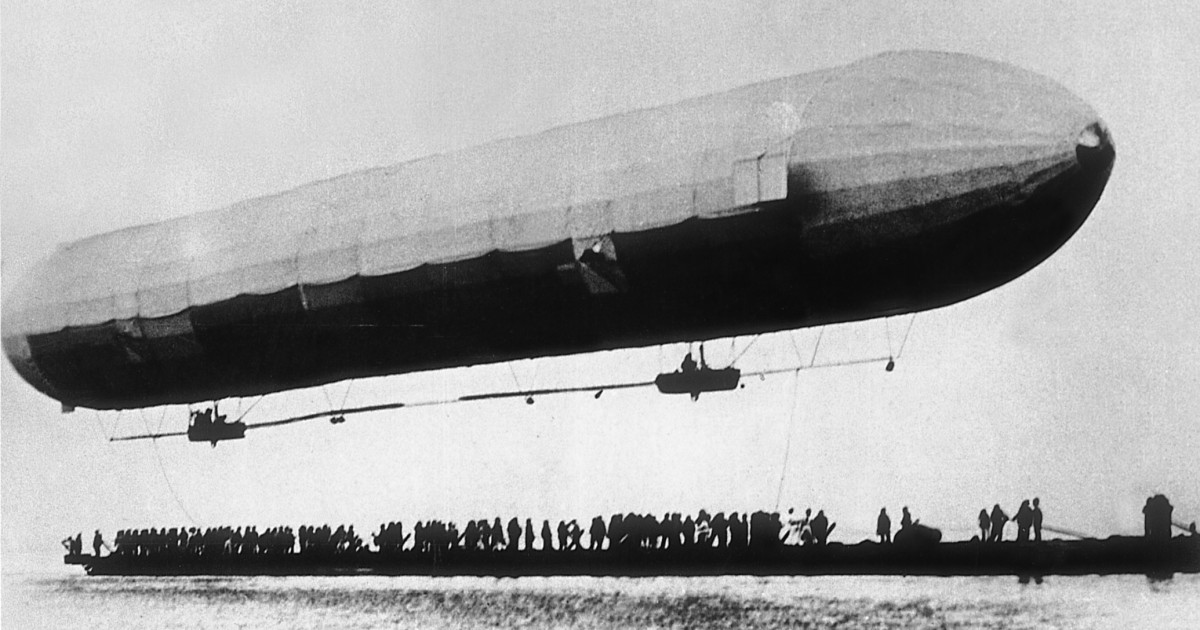
0304_Zeppelin LZ1 ZF
The Zeppelin LZ 1 was the first successful experimental rigid airship. It was first flown from a floating hangar on Lake Constance, near Friedrichshafen in southern Germany, on 2 July 1900. [1] " LZ" stood for Luftschiff Zeppelin, or "Airship Zeppelin ". Design and development
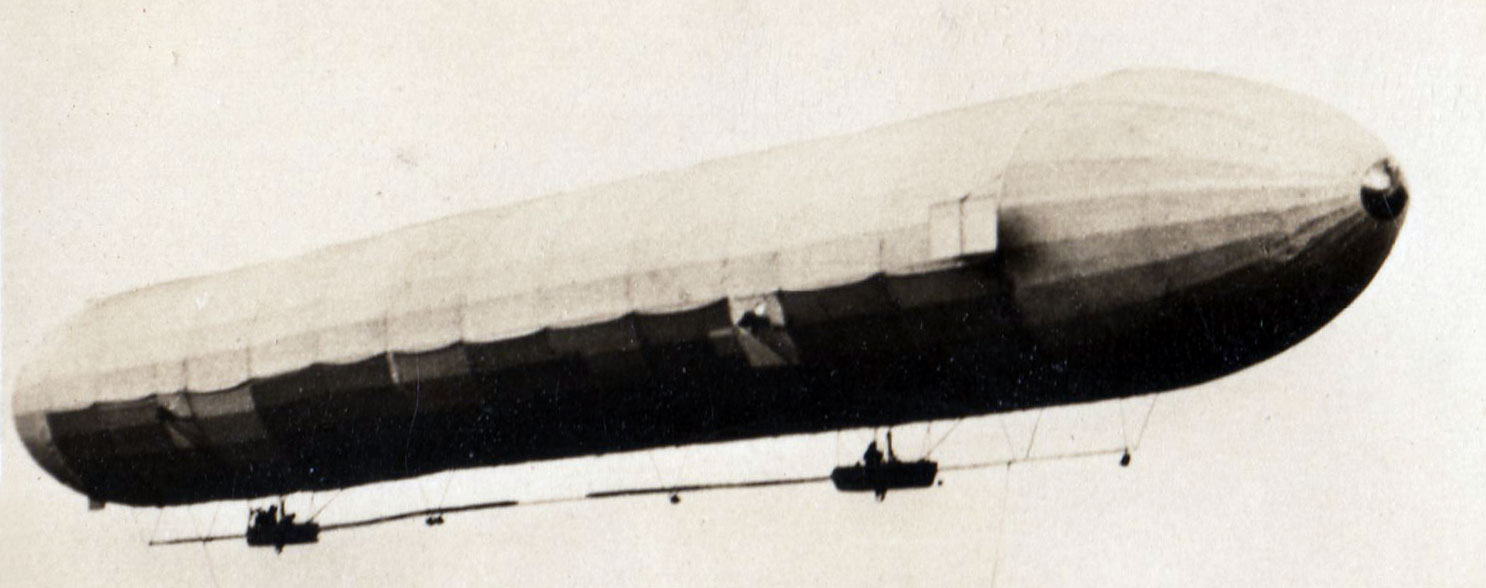
The First Zeppelins LZ1 through LZ4
The Zeppelin LZ 1 was the first successful experimental rigid airship.It was first flown from a floating hangar on Lake Constance, near Friedrichshafen in southern Germany, on 2 July 1900. " LZ" stood for Luftschiff Zeppelin, or "Airship Zeppelin".

Zeppelin LZ1, 1900 & Naval Airship No. 1 ‘Mayfly’, 1911 Hugh Evelyn Prints
/XI/XII. During World War I they switched to using LZ numbers, later adding 30 to obscure the total production. The Kaiserliche Marine 's Zeppelins were labelled L 1/2/.. Since 1997, airships of the new type Zeppelin NT have been flying.

The First Zeppelins LZ1 through LZ4 Zeppelin airship, Zeppelin, Airship
Give good old Wikipedia a great new look The Zeppelin LZ 1 was the first successful experimental rigid airship. It was first flown from a floating hangar on Lake Constance, near Friedrichshafen in southern Germany, on 2 July 1900. "LZ" stood for Luftschiff Zeppelin, or "Airship Zeppelin".
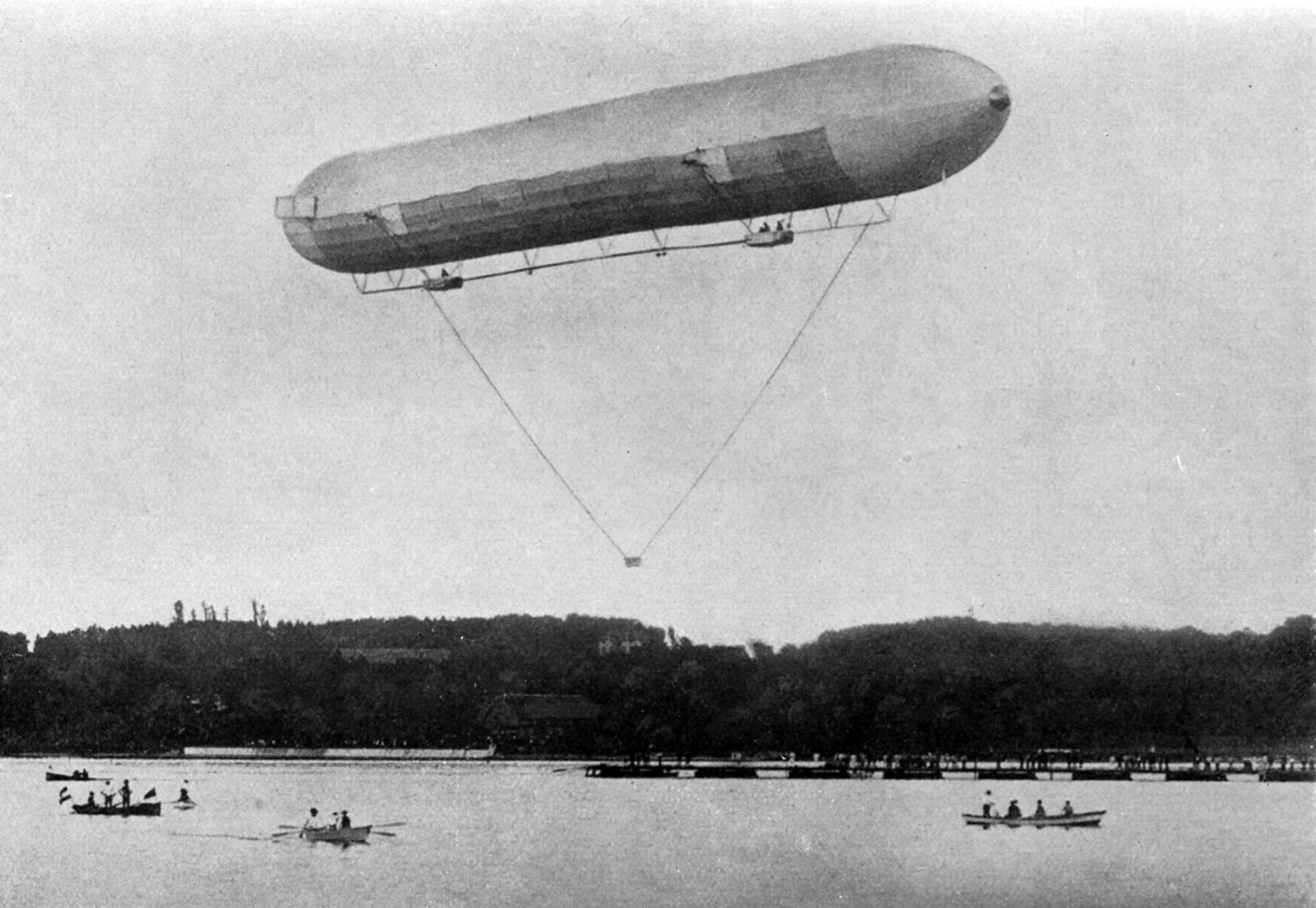
LZ1
Zeppelin LZ 104 (construction number, designated L 59 by the German Imperial Navy) and nicknamed Das Afrika-Schiff ("The Africa Ship"), was a World War I German dirigible. It is famous for having attempted a long-distance resupply mission to the beleaguered garrison of Germany's East Africa colony. [1] History Africa flight

The First Zeppelins LZ1 through LZ4 Zeppelin, Airship balloon, Airship
Zeppelin flew the world's first untethered rigid airship, the LZ-1, on July 2, 1900, near Lake Constance in Germany, carrying five passengers. The cloth-covered dirigible, which was the prototype of many subsequent models, had an aluminum structure, seventeen hydrogen cells, and two 15-horsepower (11.2-kilowatt) Daimler internal combustion.

The 120th anniversary of the patent of the first Zeppelin Daily Telegraph
Count Ferdinand von Zeppelin ( German: Ferdinand Adolf Heinrich August Graf von Zeppelin; [1] 8 July 1838 - 8 March 1917) was a German general and later inventor of the Zeppelin rigid airships. His name became synonymous with airships and dominated long-distance flight until the 1930s. He founded the company Luftschiffbau Zeppelin .